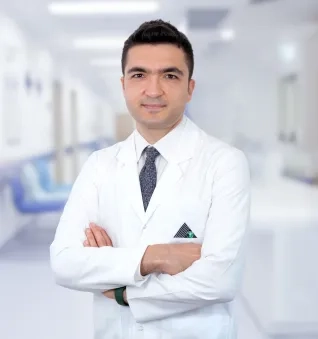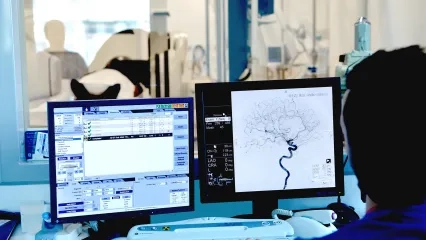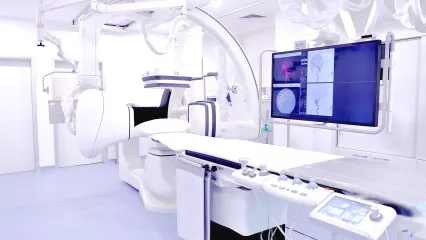Alo Yeditepe
Alo Yeditepe
What is a Brain Aneurysm?
Aneurysms are protrusions, encystments, or bulges that usually arise due to weaknesses in the artery walls and extend outward. It is also popularly known as a bubble. A brain aneurysm is a bubble seen in the cerebral vessels. A brain aneurysm is seen in approximately 3.2% of the population. It is slightly more common in women than in men.
What Causes Brain Aneurysm?
High blood pressure, smoking and alcohol consumption, substance use, underlying atherosclerosis, and high cholesterol are risk factors for a brain aneurysm.
A non-bleeding brain aneurysm has an annual risk of bleeding of approximately 2%. Unfortunately, 50% of the patients die in case of cerebral hemorrhage due to an aneurysm. A bleeding brain aneurysm has a high risk of rebleeding within 6 months, with a higher rate in the first days. Therefore, bleeding aneurysms must be treated. Non-bleeding aneurysms, on the other hand, should be evaluated by considering the patient's age, general condition and performance of the patient, size of the aneurysm, and other characteristics of the aneurysm, and should be treated with the appropriate method.
How to Treat A Brain Aneurysm?
There are two methods for brain aneurysms, closed and open. In the open method, the skull is opened, and the aneurysm is closed with a device called a clip. In the closed method, the aneurysm is treated intravenously via angiography without opening the skull. Both methods are applied under general anesthesia.
What is the Importance of Interventional Methods in Brain Aneurysms?
The importance of the interventional closed method in the treatment of brain aneurysms is that the skull of the patient is not opened and the hospital stay is shorter than the surgical operation. The aneurysm is occluded by entering the vein through angiography and using high-tech angiography devices and bubble occlusion materials. There are no incisions or stitches on the patient. The aneurysm is closed only through a tiny needle hole in the groin or wrist.
This content was prepared by Yeditepe University Hospitals Medical Editorial Board.
”
See Also
- Radioembolization in Liver Tumor Treatment
- Diagnosis and Treatment of Acute Stroke
- The Cause of Abdominal Pain Has Not Been Found for Years... Varicose Veins Appeared in Her Ovary
- Interventional Methods in the Treatment of Acute Stroke
- Interventional Radiology is Used in Many Fields
- What Diseases Is Interventional Radiology Used For?
Alo Yeditepe




